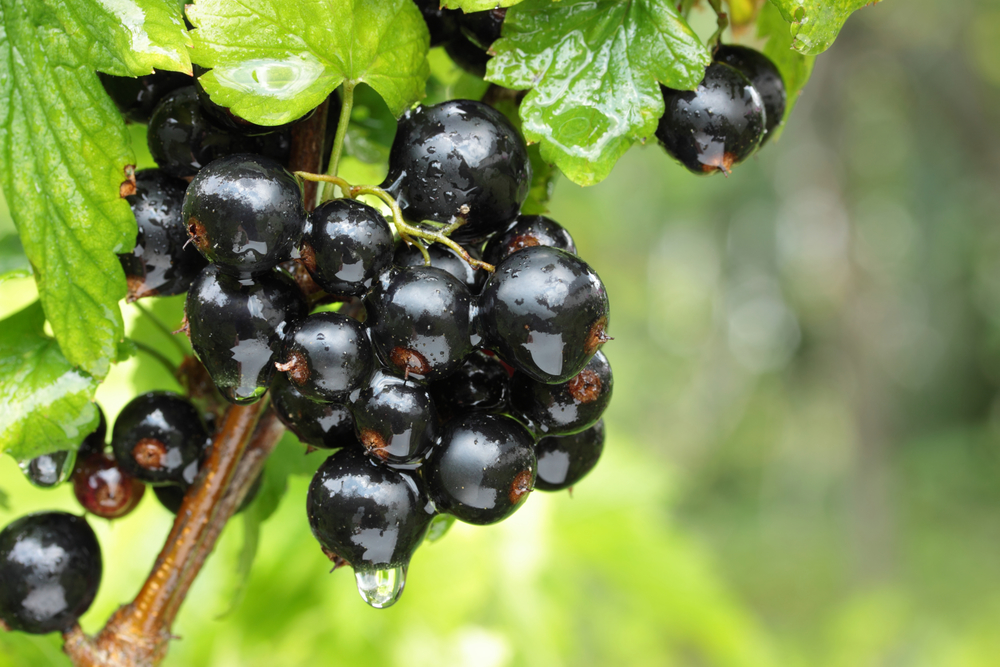January 31, 2019 by Cherry Lane

When the weather is half-decent, there are tasks to be done this month, mainly revolving around preparation. Vegetable beds need going over, shrubs and climbers need pruning in preparation for growing away well in spring, and last year’s wind-strewn debris, including skeletal perennial growth, leaves and litter, can be cleared off beds and borders. Plenty to get your teeth into!
Plant Snowdrops. While snowdrops (Galanthus) can be bought as dry bulbs in the Autumn, the most reliable way to get these charming winter flowers to establish is by planting them ‘In the Green’ – i.e. in growth. February is the best time to select your snowdrops as they are usually flowering now, so you can decide which variety you like: choose from the double flowered ‘Flore Pleno’; ‘Elwesii’, which has the largest flowers; the rare, choice ‘Ikariae’; or the well known and loved ‘Nivalis’, which graces gardens, parks and woodlands all over the country. Plant your snowdrops in drifts, or in clumps around other winter and spring interest plants, such as Hellebores and Dogwoods for a seasonal show.
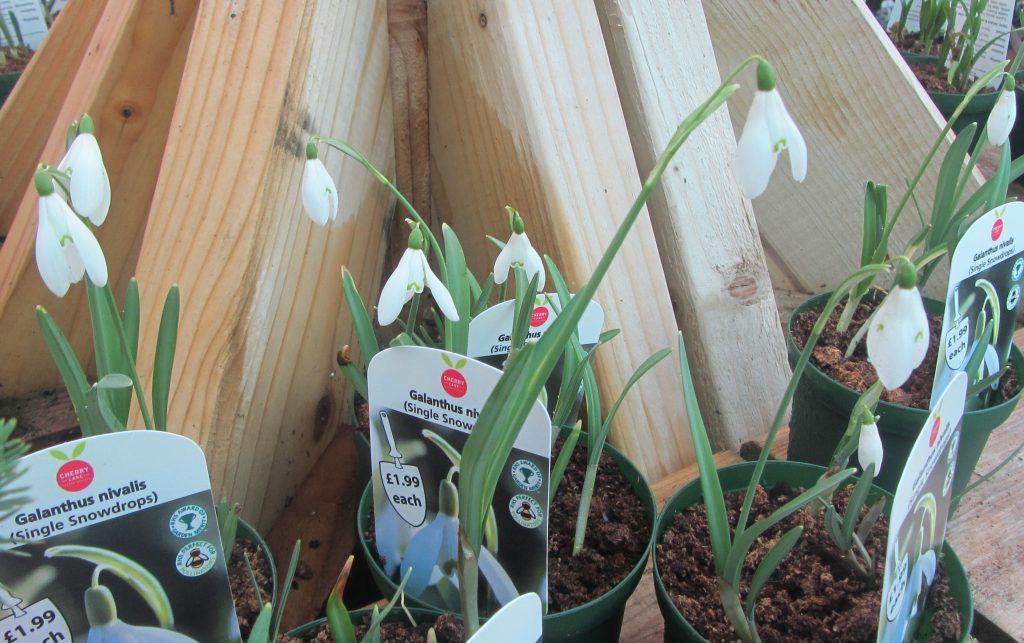
Fork over Vegetable beds. Any beds that you will be using for spring sowings, remove all weeds and fork over well, incorporating plenty of farmyard manure compost, which will enrich the soil well for when the plants get growing, and break up any solid clods of earth, making the soil nice and crumbly for raking later on. Don’t sow outside until at least April: sow small amounts of brassicas, salads and the like into plug trays indoors if you want to get an early start.
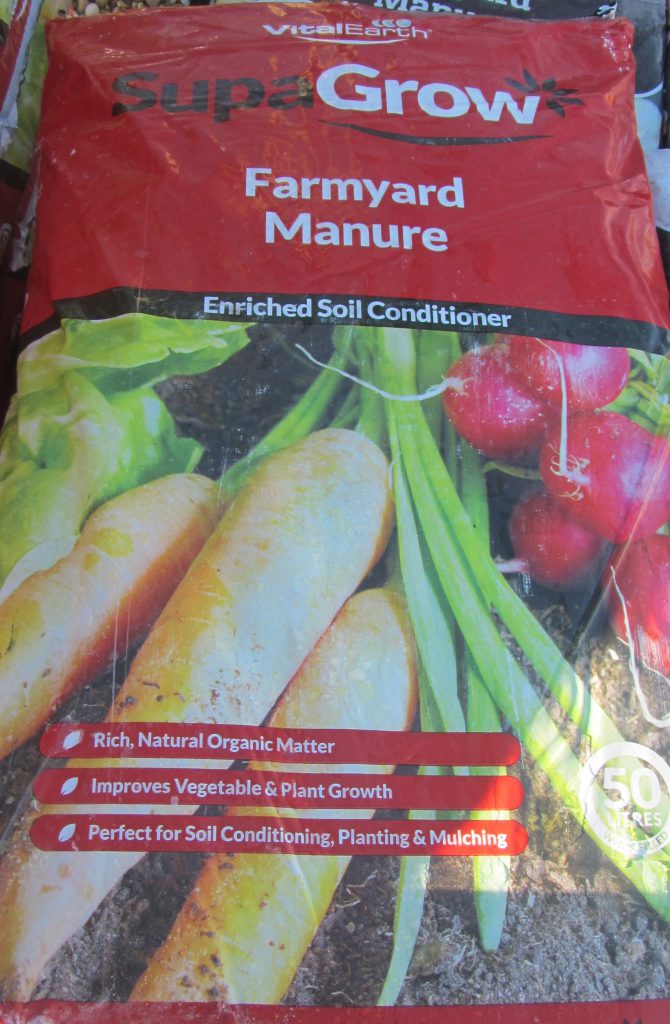
Trim Shrubs & Climbers. Shrubs that have flowered through winter, such as Mahonia and Viburnum bodnantense, can be pruned back now to encourage strong growth in the months ahead. Now is also time to prune Dogwoods, with their stunning framework of bright red, yellow or orange stems that have shone through the winter, although in this case, prune them right down to the base of the plant.
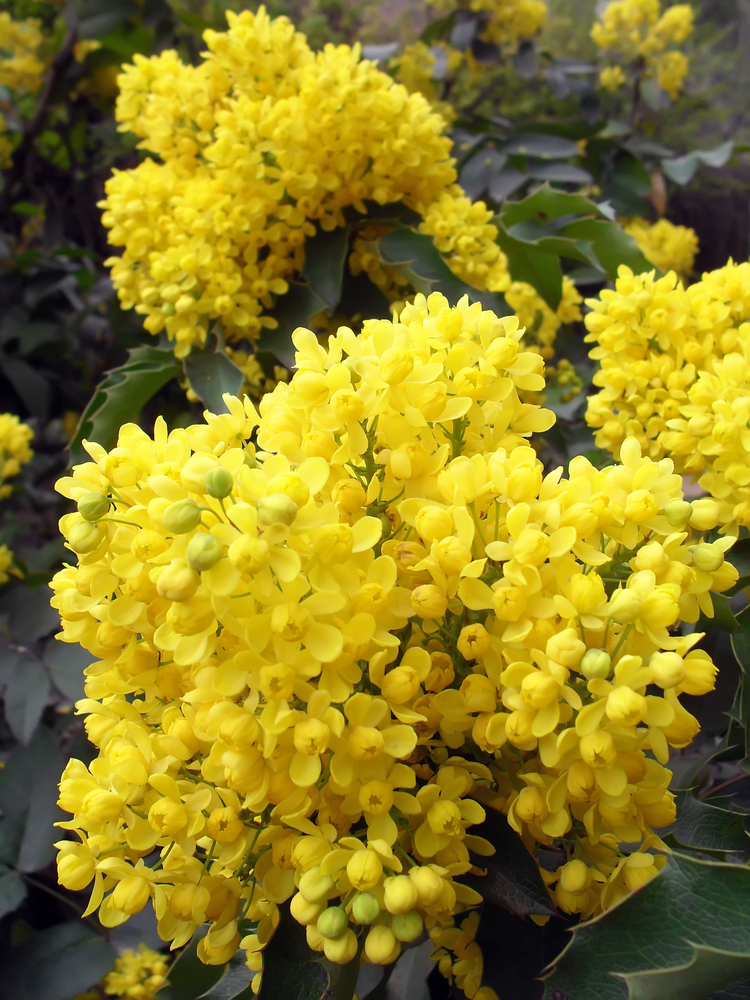
Yellow flowered Jasminium nudiflorum should be over by now – prune last year’s stems back to 5cm from the older wood to bring on new growth for flowering at the end of the year.
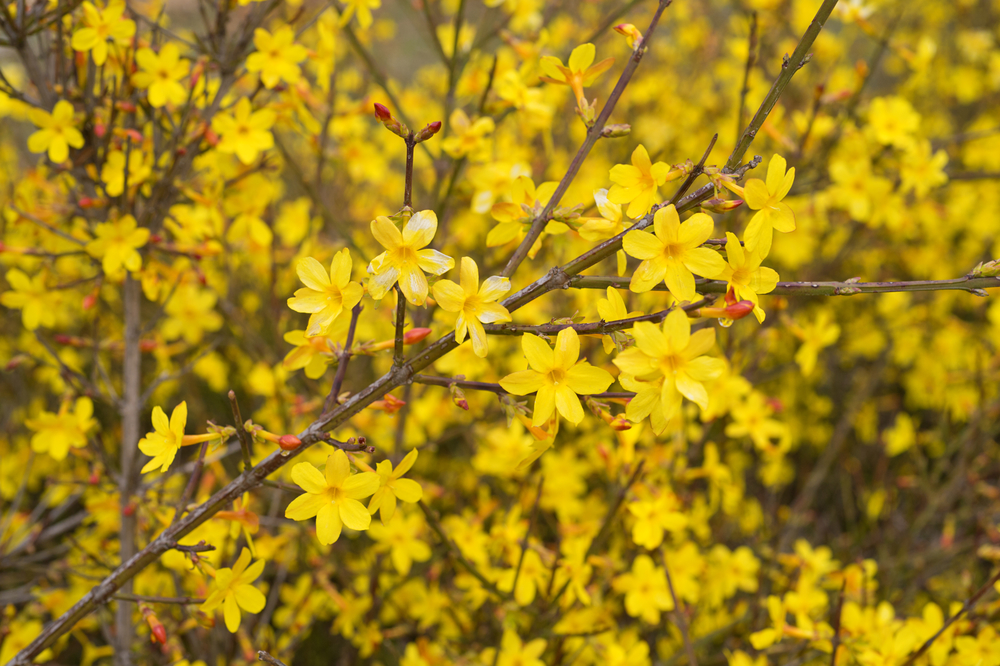
Although Wisteria flowers are still to come, prune last year’s growths to just after the second bud on the stem to keep the bush tidy, and stop the foliage from hiding the flowers when they emerge.
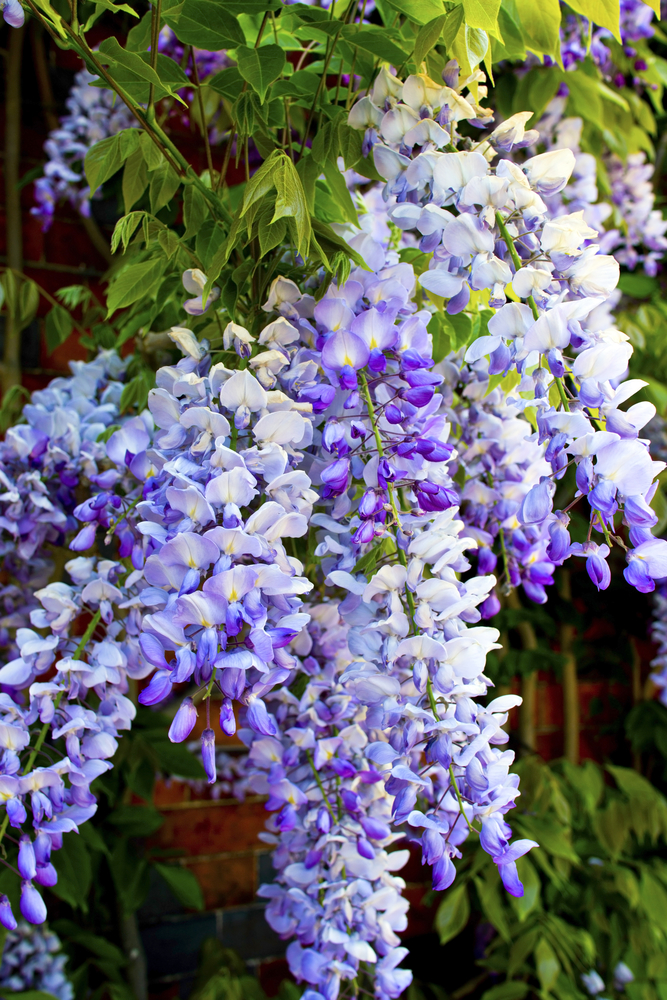
Sow Sweet Peas. After choosing from our large range of Sweet Pea seeds, empty the packet into a glass of lukewarm water and soak the seed overnight to encourage germination. Next day, sow, spacing them apart well, in a seed tray or individual pots. To speed germination up even more, place the trays into a heated propagator.
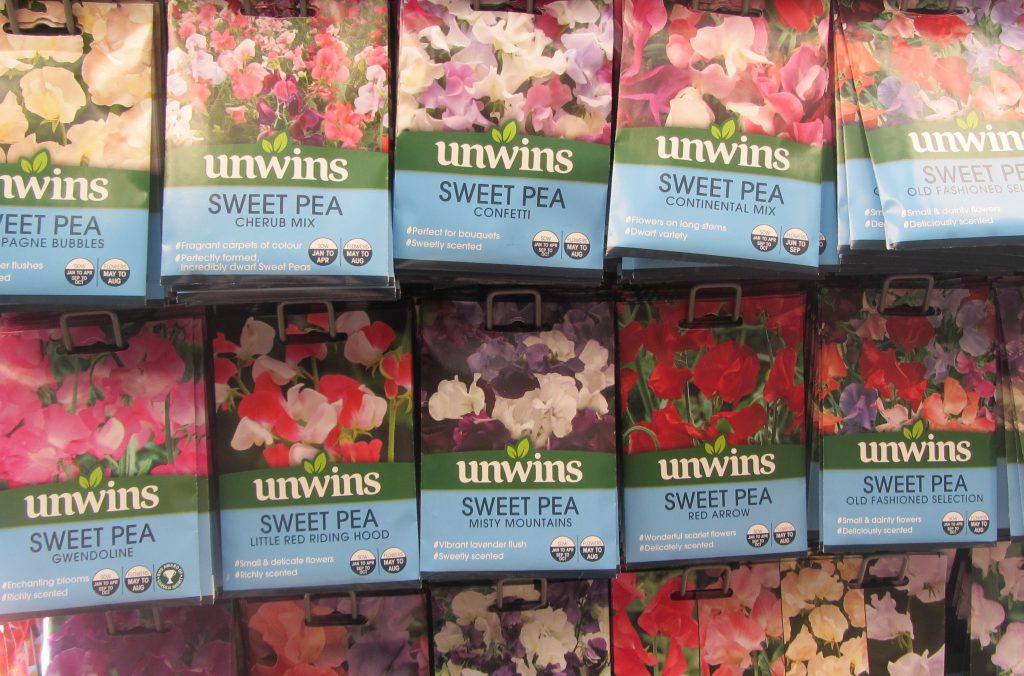
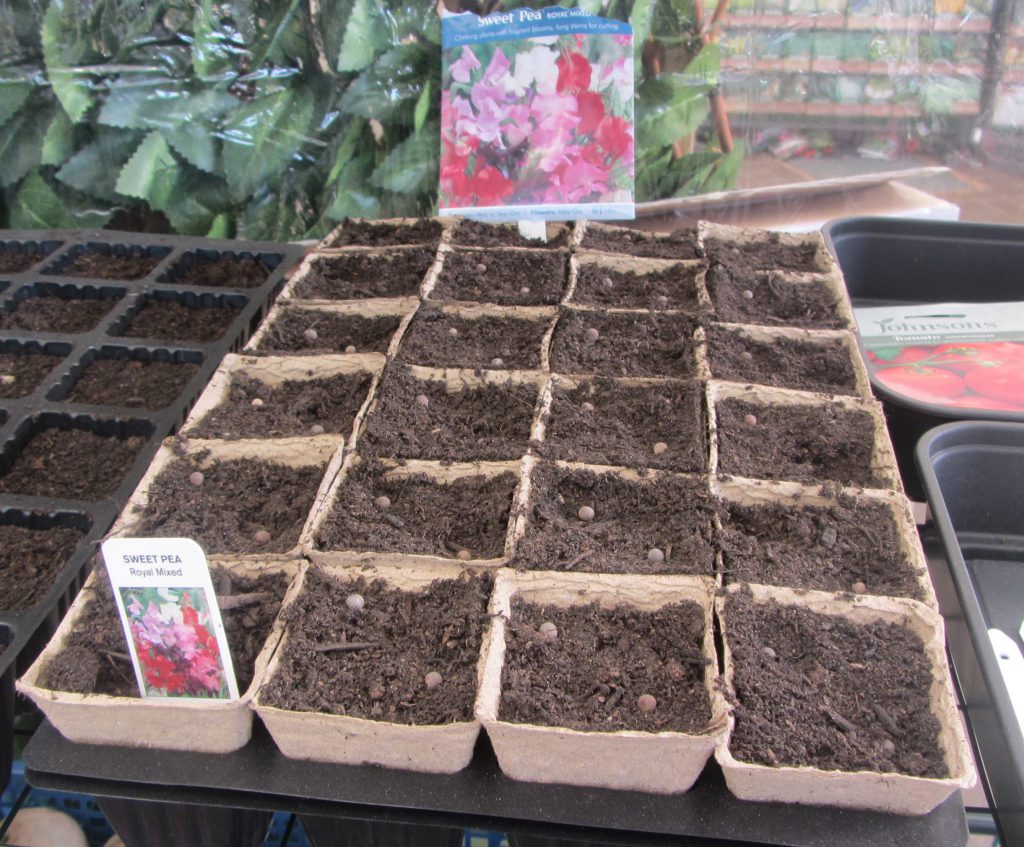
Erect raised beds. If your ground is hard to work or you’re finding gardening difficult, invest in some raised beds for your vegetable and flower growing. Traditional beds made from sleepers have a chunky, permanent look, or go for our 3 tier raised bed, with 4 planting spaces at different heights, they look great on the patio. If you prefer a DIY option, then it easy and satisfying to make your own from either sleepers or gravel boards and posts – we’ve got all you need.
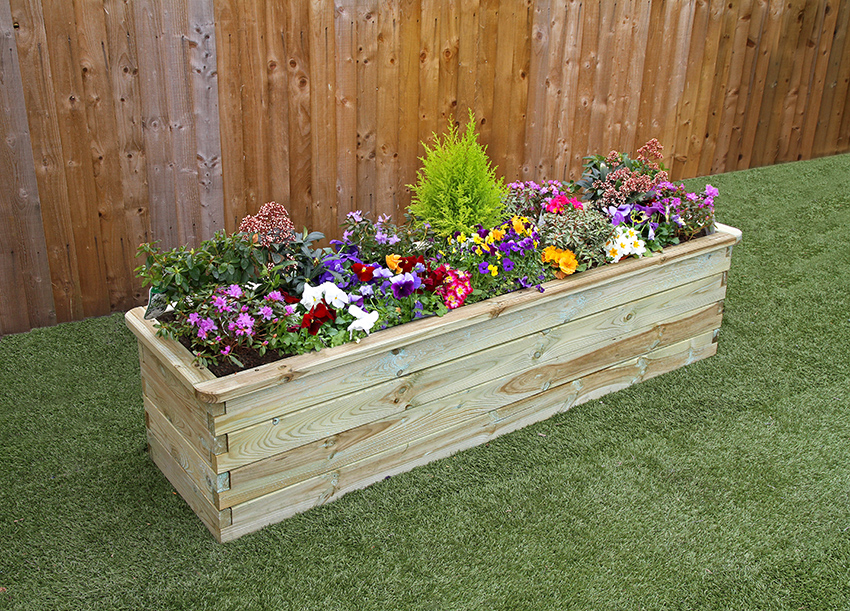
Prune established fruit bushes. Redcurrants, Whitecurrants and Gooseberries need a prune now to keep them in order and fruiting well. Aim for a goblet shaped bush with lots of uncluttered space in the middle, taking out any crowding growth, reducing last year’s upright growth by half, whilst taking any side shoots back by 5cm from the old wood. Remove any dead, damaged or diseased growth.
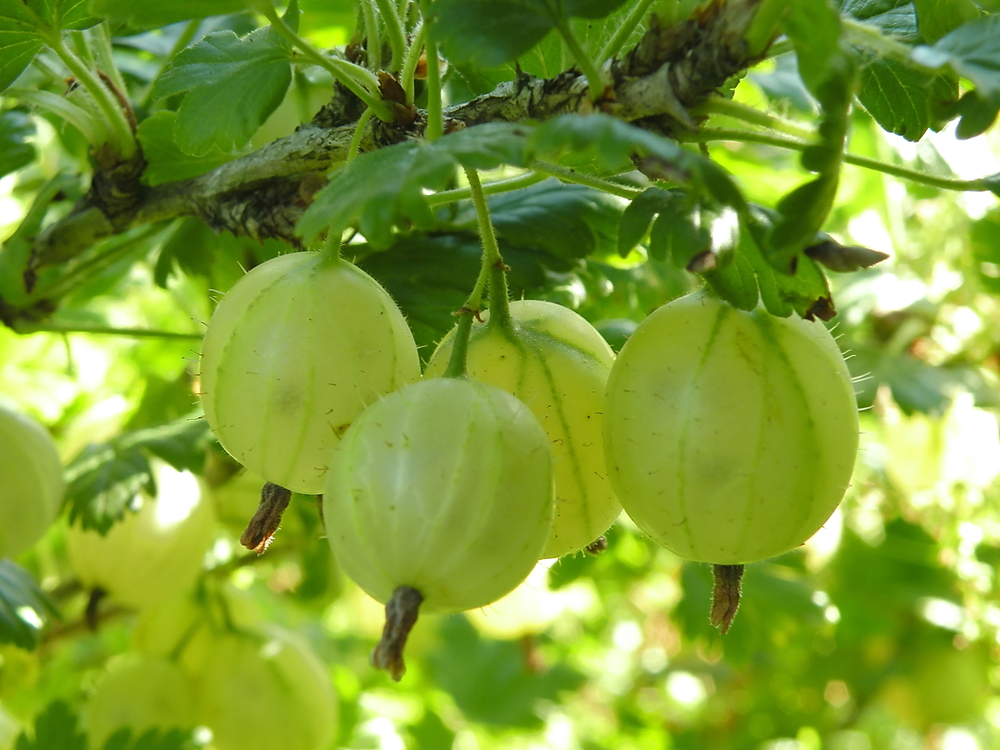
Blackcurrants are pruned rather differently, as they grow as a collection of upright branches of which a quarter should be removed in turn each year to make room for new, productive shoots and keep the bush healthy and vigorous. Cut back any weak branches or those growing low to the ground.
